The 2025 season — June through September — will be remembered as a year of contrasts. On the whole the country produced fewer salmon than many of us had hoped: several of the headline rivers recorded catches well below the strong returns of 2024 and, by mid-season, independent reporting and local operators were describing a generally quieter summer for salmon than the previous year.
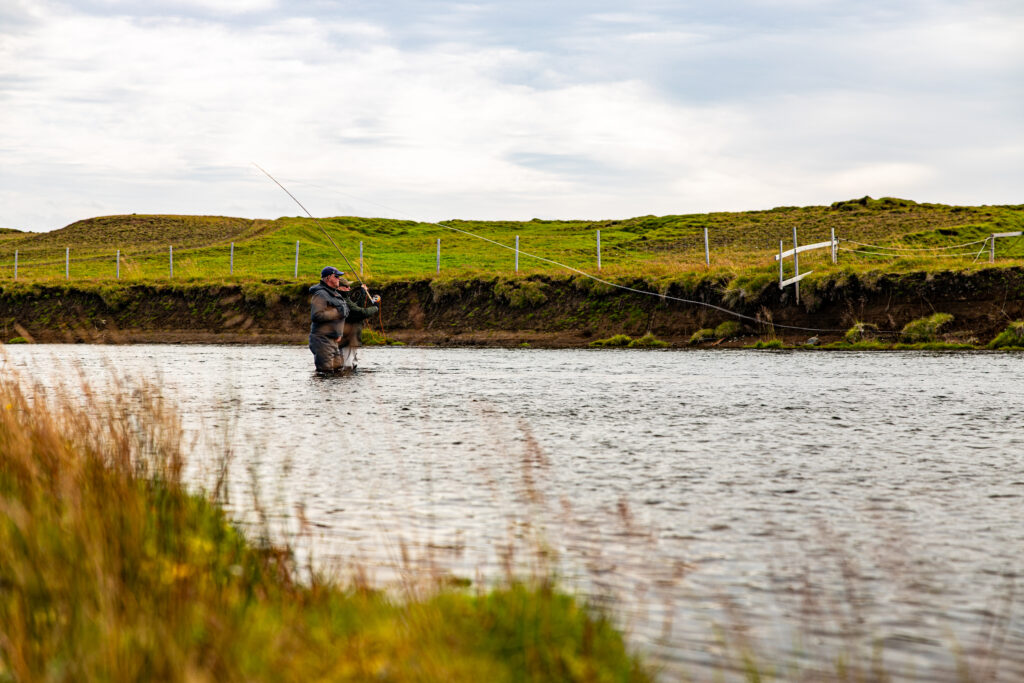
June opened with classic early-season promise in pockets — cool, clear mornings and those fresh, chrome spring fish that make the start of the season always exciting — but that optimism was tempered by a pattern that persisted through July and into August. Across many beats the runs were later and lighter than normal; several rivers ran two to three weeks behind what would usually be expected for mid-July. That lag, anglers and fisheries biologists alike suspect, traces back to a harsher than average winter and an associated delay in smolt migration the year before — the smolts left late, hit the sea out of sync with favourable conditions, and fewer returned at the times we normally expect them this season. Reports from operators noted these timing issues as a plausible driver for the subdued runs.
Laxa I Kjos delivered the sort of mixed story that typified the season. Early weeks were slow, but the river saw a welcome spike after the second week of July, producing a respectable run of fish and some fantastic sea trout fishing in the meadows. There were some notably large fish with excellent dry fly fishing in calm conditions. The season on the Laxa I Kjos reinforced that while salmon numbers may be down overall, individual beats and windows of weather can still produce memorable days.
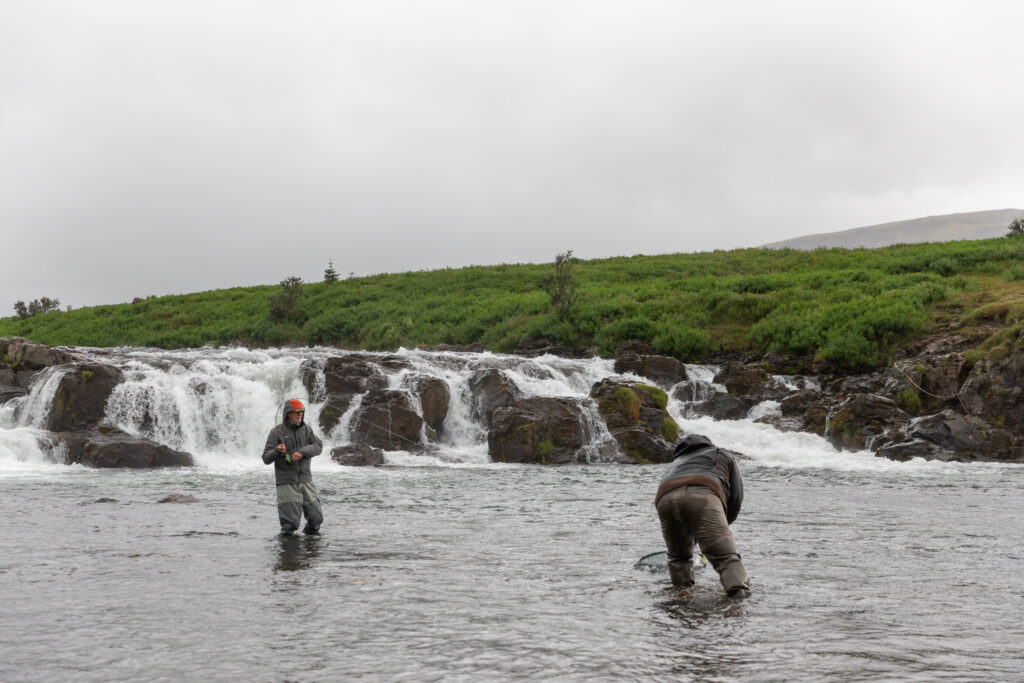
Midfjardará and Nordura showed similarly patchwork results. Midfjardara produced some notable fish and pockets of good action, while Nordura’s totals were buoyed by solid returns in certain beats; but both rivers — like many others — suffered from the delayed pulse of grilse and multi-sea-winter fish. Stóra Laxá held its usual seasonal rhythm in parts and still gave anglers opportunities for quality fish, but the total counts did not reach the highs seen in the most recent blockbuster seasons. For those who were on these rivers this year, the take-away was simple: be prepared to fish both the early and late season windows and read the river — the best days were those when the water and weather aligned.
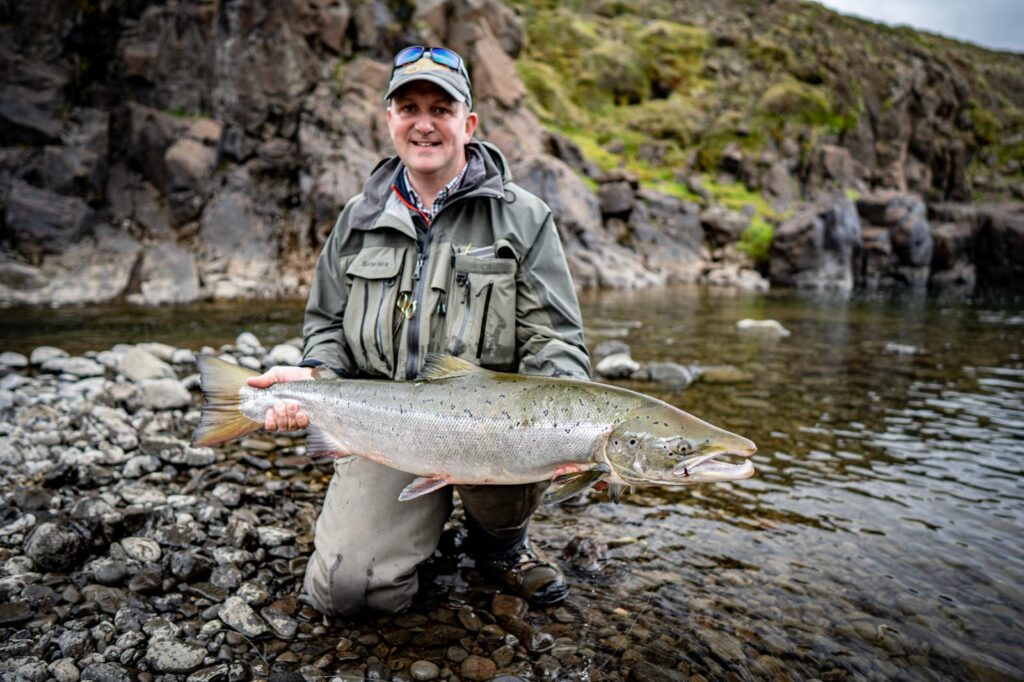
Rivers further afield painted the same broad picture. Langa, Hitará and Blanda each had their moments — bright days, hard fighting fish, and guides reporting that individual beats still produced excellent sport — but none escaped the national trend of overall reduced totals. Those rivers that rely heavily on a strong, timely grilse pulse were the most visibly affected. In contrast, West Ranga enjoyed a relatively strong early showing and some operators there reported one of the better starts of the season, demonstrating how variable conditions can be from catchment to catchment. That developed into a fantastic season for them finishing on just shy of 5000 fish.
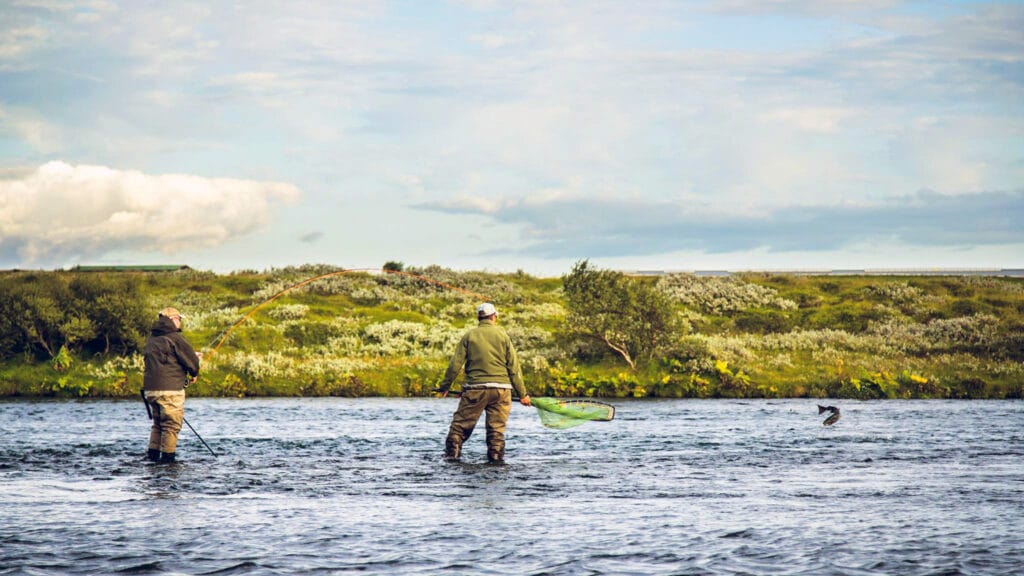
Battle Hill Lodge illustrated the season’s dual nature: some weeks were tricky, especially under protracted bright weather which makes presentations difficult, but at other times the tide turned and the lodge produced top quality sport. The season reinforced a familiar point, Icelandic fishing is as much about reading the conditions as it is about raw numbers and statistics do not tell the whole story.
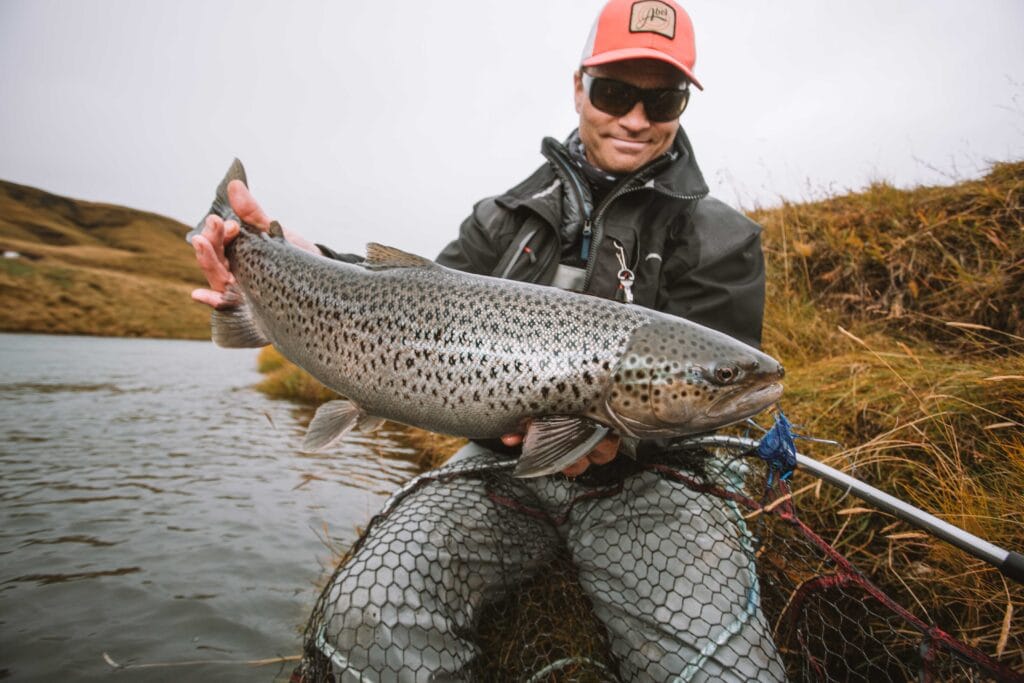
So why the weaker runs? The most credible hypothesis combines the unusually harsh winter conditions and a late smolt migration in the previous year with normal inter-annual variability in marine survival. When smolts go to sea late they often miss the spring plankton bloom or encounter less favourable sea temperatures and prey fields; this reduces marine survival, slows growth and can depress returns one or two years later. We have seen these slow runs before where the fish stayed out a season longer and made the following year exceptional.
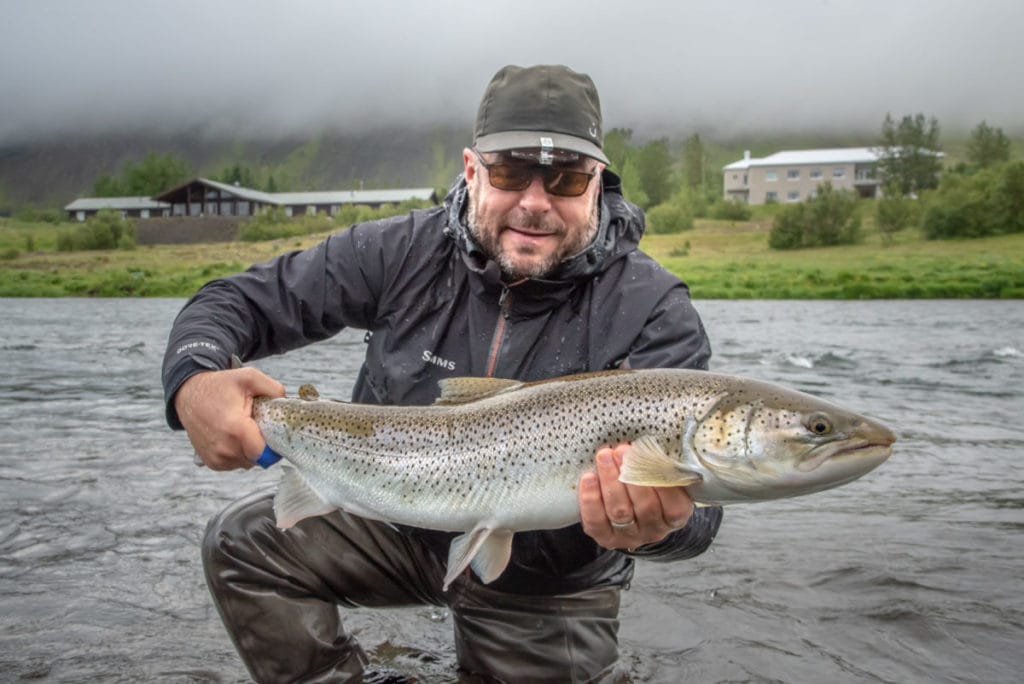
Despite the quieter totals, sea trout fishing remained a bright note in many areas. Rivers with classic meadow beats, notably the Laxa I Kjos and some of the southern tributaries, reported healthy sea trout captures often in superb condition. For many fishermen those days targeting sizeable sea trout on dries were the highlight of the trip and a reminder that Iceland still offers a diverse and world class fishery, even in tougher salmon years.
Looking forward, lease negotiations are now nearly complete and prices for the 2026 season have been set on many of the rivers. We are currently halfway through the first right of refusal period for clients who travelled this season, and demand is already very strong with roughly 80% of this season’s clients rebooking so far. That level of rebooking means space will be tight: if you are thinking of joining us next year, we strongly recommend registering your interest now so you’re in the queue for any release dates or changes that occur during the remaining rights period. (If you’d like help securing particular weeks or beats, our booking team can prioritize those on your behalf.)
In practical terms, what does this mean for fishermen considering a trip to Iceland in 2026? A few simple points:
• The statistics do not tell the whole story. With many of the river statistics available online, it’s very easy to look at them and misinterpret them. Yes, it tells how many were caught, but it does not give the conditions, how many rods were fishing, or their ability.
• There were more fish than appeared. A number of rivers in the tail end of the Autumn have reported seeing far more fish on the redds than they thought they had seen through the season. Just because we did not catch them does not mean they weren’t there.
• Sea trout remains a terrific contingency. If you pick a river with good sea trout runs it offers alternative action when salmon are not playing ball.
• Book early or register interest now. With strong rebooking rates and limited accommodation on many rivers, early engagement is the best route to securing prime weeks.
Finally, while 2025 was quieter than hoped in many places, it also underlined the resilience and enduring appeal of Icelandic rivers: quality fish still turned up, sea trout fishing was excellent on many rivers, and the season produced its share of memorable moments for anglers and guides alike. We’ll enter 2026 with better seasonal intelligence, nearly finished lease arrangements, and a booking list that suggests demand will remain high. If you want to be kept first in line for releases, cancellations or the remaining first right of refusal allocations, please register your interest now — spaces will be in short supply.
For more details on fishing in Iceland please do not hesitate to contact Peter McLeod or Alex Jardine or call our office on +44(0)1980 847389.

